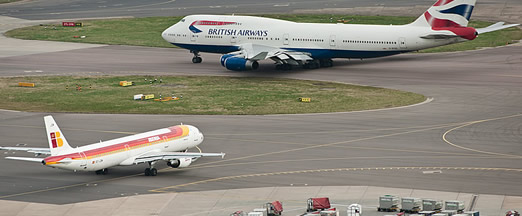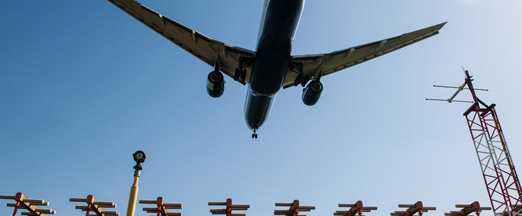Is ATM lagging behind on environmental issues?
19 September 2013Last week I took part in a panel discussion on the use of technology in aviation to drive sustainability at Air Transport World’s Eco-Aviation Conference in Washington DC.
It was striking that at a conference wholly about the environment and aviation, NATS was the only ANSP represented, yet the topic of air traffic management (ATM) was seemingly on everyone’s lips.
The focus of much of the discussion was the perceived lack of progress in delivering improvements through ATM, the size and near term nature of those benefits, and the frustration across the airline and airport sectors with apparent political and ATM intransigence.
In my speech I noted the significant improvements in performance cited by airlines and airports over the last few decades in reducing emissions and noise and then posed a question: why has ATM seemingly lagged behind?
In answering my own question, I noted the benefits that NATS has been able to deliver in the UK – a 1.8% enabled fuel burn improvement since 2008, with a target of 4% by the end of 2014 and 10% by 2020. These improvements are estimated to deliver annual airline fuel savings of £200m and £500m respectively.
I then went on to ask another question: so how has NATS delivered where others are perceived as failing to do so?
I noted that the central tenet of NATS delivery of environmental benefits was two-fold. Firstly, NATS has a corporate philosophy of customer focus and environmental improvement; when our airline customers prosper (through fuel and emissions reduction and cost reduction) then we prosper too.
Secondly, when trying to deliver an ATM change to reduce fuel burn and cut emissions, there is a fundamental need to set out the benefits in a clear and detailed business case. That is why we were the first and only ANSP in the world to set clear emissions targets on our ATM operations and why we drove to become the first and only ANSP with financially incentivised targets on environmental performance.
It has been through these two mechanisms and by having a detailed, peer reviewed methodology for measuring performance that we are able to construct cohesive business cases for ATM change.
We’re now working with partner ANSPs to build their business cases for change – the technologies we need to improve fuel burn and emissions are in place, but the case for change must accompany them to realise the benefits.
Comments
Please respect our commenting policy and guidelines when posting on this website.






26.01.2017
22:51
Earag
A 1.8% reduction in fuel burn is immaterial in anyone’s judgement so why so self congratulatory. Meanwhile noise pollution continues apace to the detriment of long suffering communities.
28.02.2017
18:43
Steve G
I completely agree with Earag. These attempts at fuel and emission reduction only result in more noise on the ground. When will the people who implement these ideas learn that nothing comes for free, if you gain one part then you WILL lose in another. Fuel costs could be taken up by fare increases . . . .but oh no that wouldn’t go down well with the travellers and the investors would it. Never mind the poor people under the hail of sound waves on the ground below.